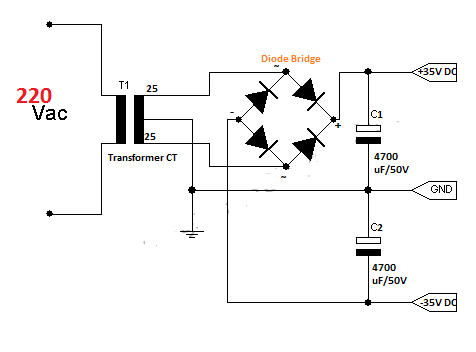Hamamatsu UVTron Flame Detector and driver circuit can detect the flame of a candle or cigarette butts in a distance of 5 meters. Usually it is used as a tool to detect the source of the fire that operate on the length of spectral 185 to 160 nm . Price of this sensor is not more than $ 95 USD.
How it works ?
UVTron tube works when the cathode is given ultraviolet signal. Photoelectron to be emitted from the cathode by photoelectric effect and accelerated to the anode using an electric field. When voltage is applied, the magnetic field increases, the greater the electric field and electron kinetic energy is also great to ionize the gas molecules in the tube to collide. Electrons generated by ionization are accelerated and make it ionize other molecules before it reaches the anode. Positive ions are accelerated to the cathode and collide causing other secondary electrons. This event causing substantial current between the electrodes and occurs the disposal/release charge. The release of the first case, a tube filled with electrons and ions. Voltage drops or falls between the cathode and anode quickly. This status will occur without lowering the anode voltage to below the saturation point. Driver circuit creates a voltage difference required by the tube to allow the process of decay when exposed to ultraviolet light. Then the circuit observing the output current of the tube and when the decay occurs, the voltage at the anode is reduced by the circuit to allow the bulb to repeat it again or reset. Each time the process of decay and release occurs, the signal generated by the circuit or circuits with some effect to the background. Then the output of this sensor is connected to the microcontroller.




 07:15
07:15
 Unknown
Unknown





















